Maserati Tipo 60/61 Birdcage
In the winter of 1958/1959 Maserati presented a new vehicle for the sports car world championship. Since there were no factory race operations at that time, it was clear from the beginning that it would be a pure customer race car, which should have correspondingly low maintenance and a relatively cheap price. Under company boss Omer Orsi it came close to a revolution that the Tipo 60 ever originated, because he rejected racing in general due to financial problems of his company. Popularly, the Maserati quickly got a nickname that has burned itself into the collective memory: while it was called ‘Spaghetti’ in Italy, the world knows it as ‘Birdcage’. This was based on the tubular frame made up of around 200 thin, different-length chrome-molybdenum steel tubes below the narrow-cut aluminium bodywork of the open two-seater racecar.
From the Tipo 60 with its 200 horsepower two-liter four-cylinder engine and only 585 kilograms of weight Maserati created six more copies (next to the prototype) between March 1959 and August 1960, which reached racing successes worldwide. Already at the first official start Stirling Moss crossed the finish line first in the ‘Coupe Delamare’. However, American customers quickly asked for more power to compete with more powerful cars. Thus the Maserati engineers in Modena started working on the Tipo 61, which received a 2.9-litre four-cylinder engine with about 250 hp. The curb weight rose slightly to 600 kilograms. Of this type they made 16 cars. Both Tipo 61 that were used for the first time during a race in Nassau at the Bahamas failed to finish, Carroll Shelby with engine damage and Gaston Andrey after an accident. Other races of the world championship took place with the American team Camoradi (Casner Motor Racing Division) of Lloyd Casner, who talked Omer Orsi into selling him cars for a cheaper price and supporting his team with mechanics while Camoradi together with funding of tire manufacturer Goodyear would prepare the cars as a factory team. In addition to some privateers also Cunningham and Scuderia Serenissima used various ‘Birdcage’ versions over the years.
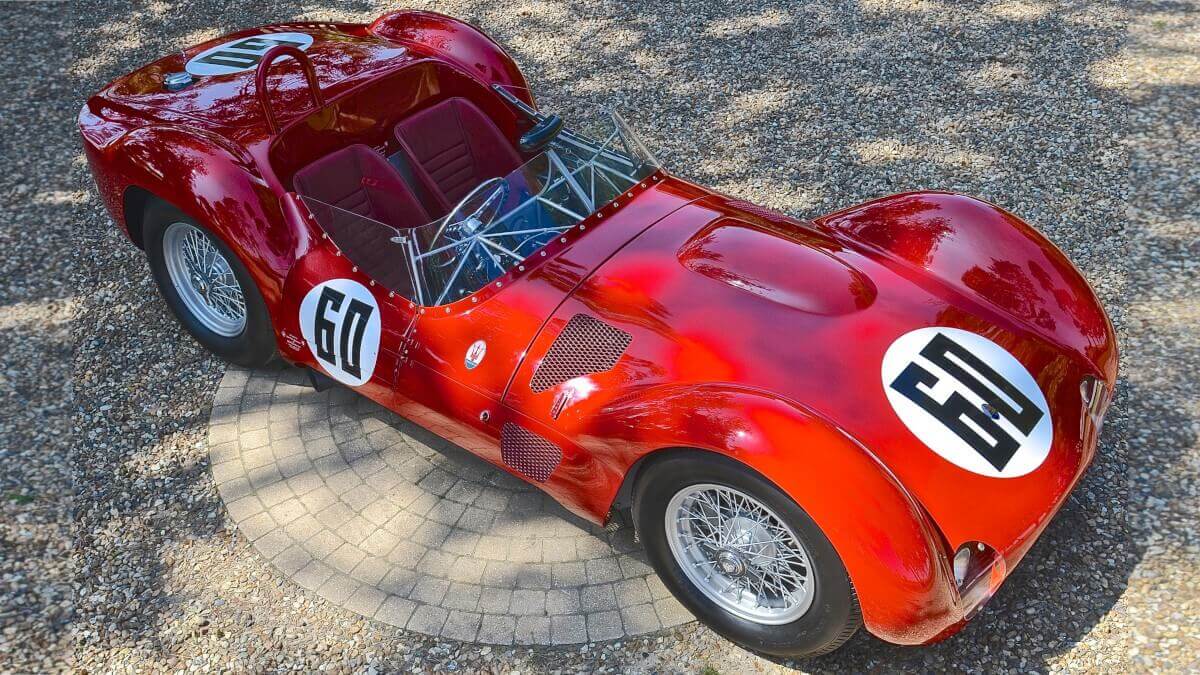



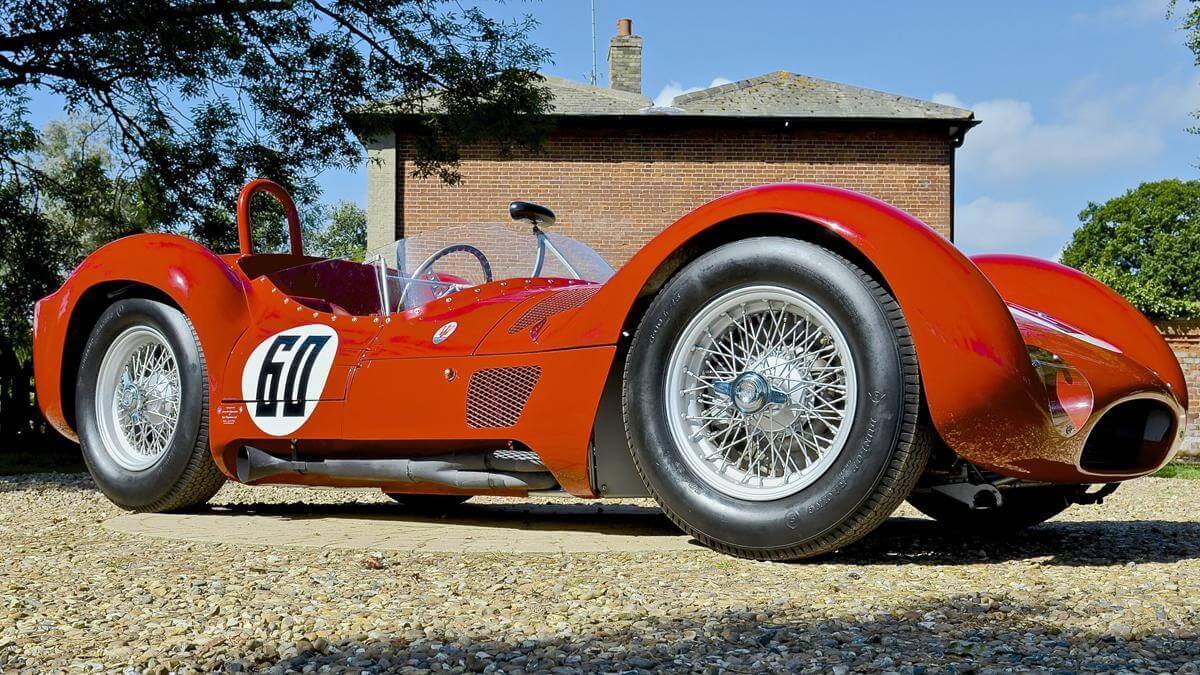



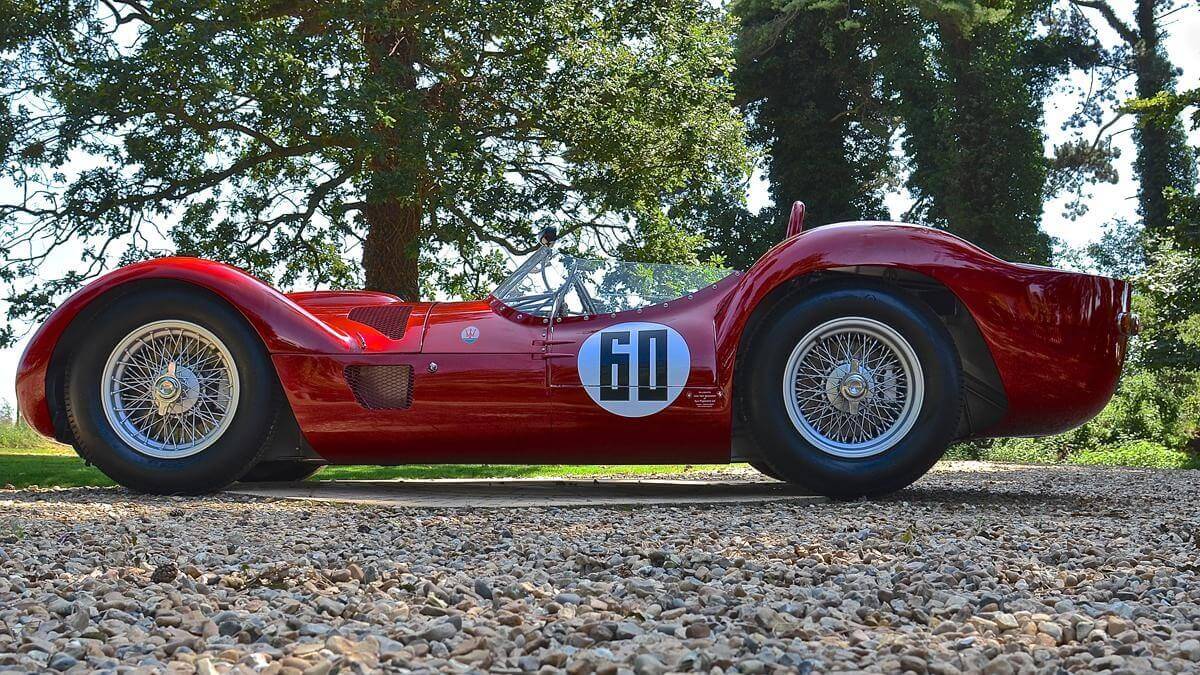



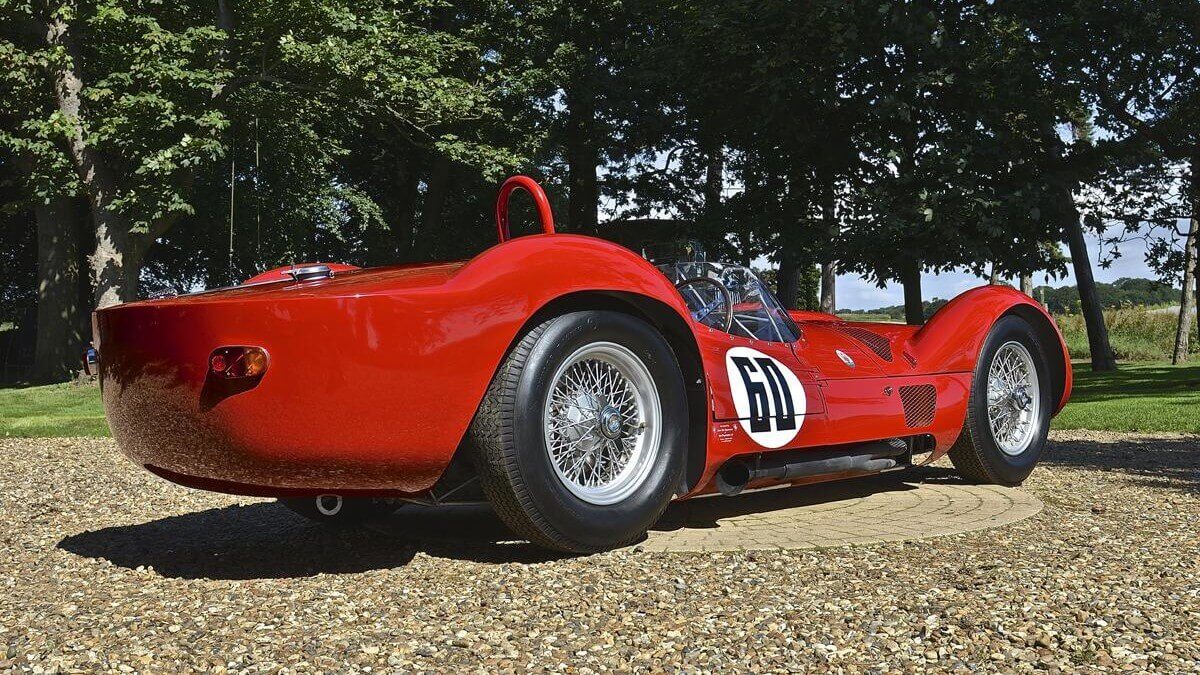



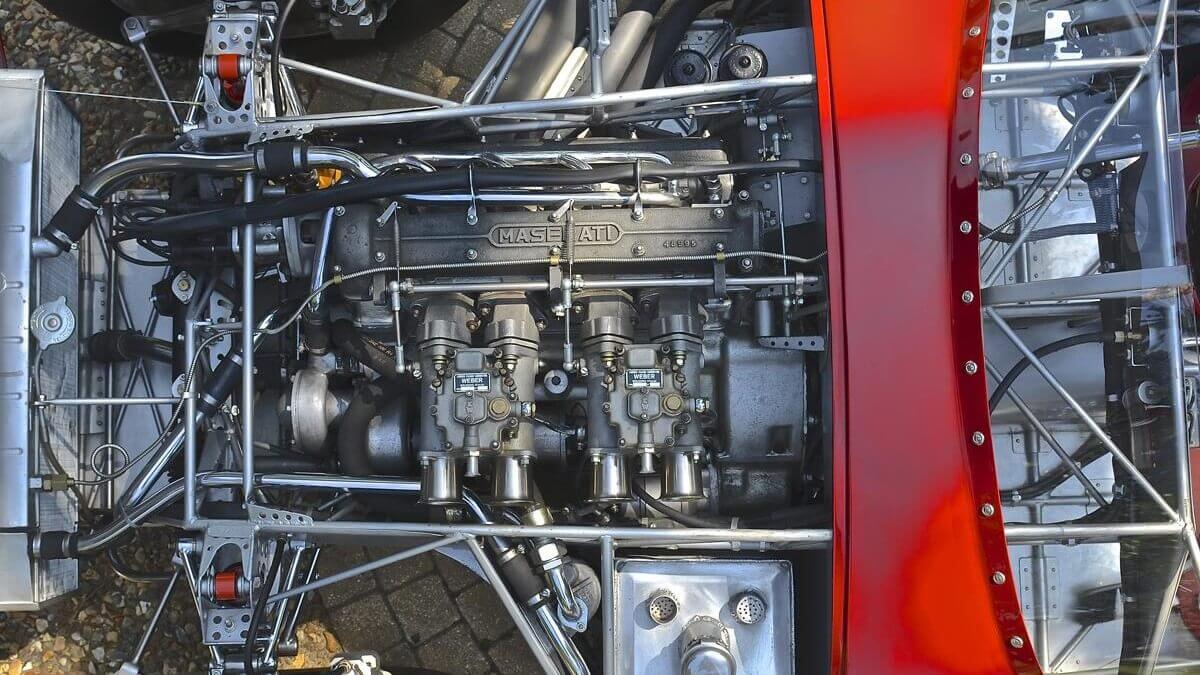



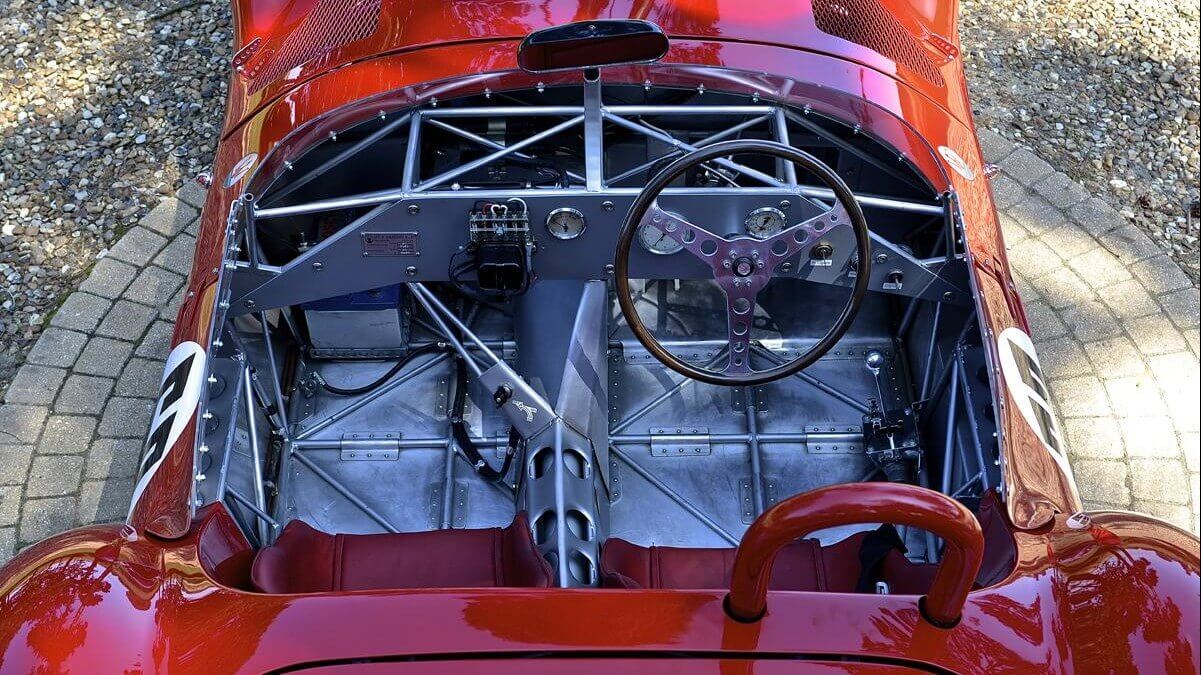



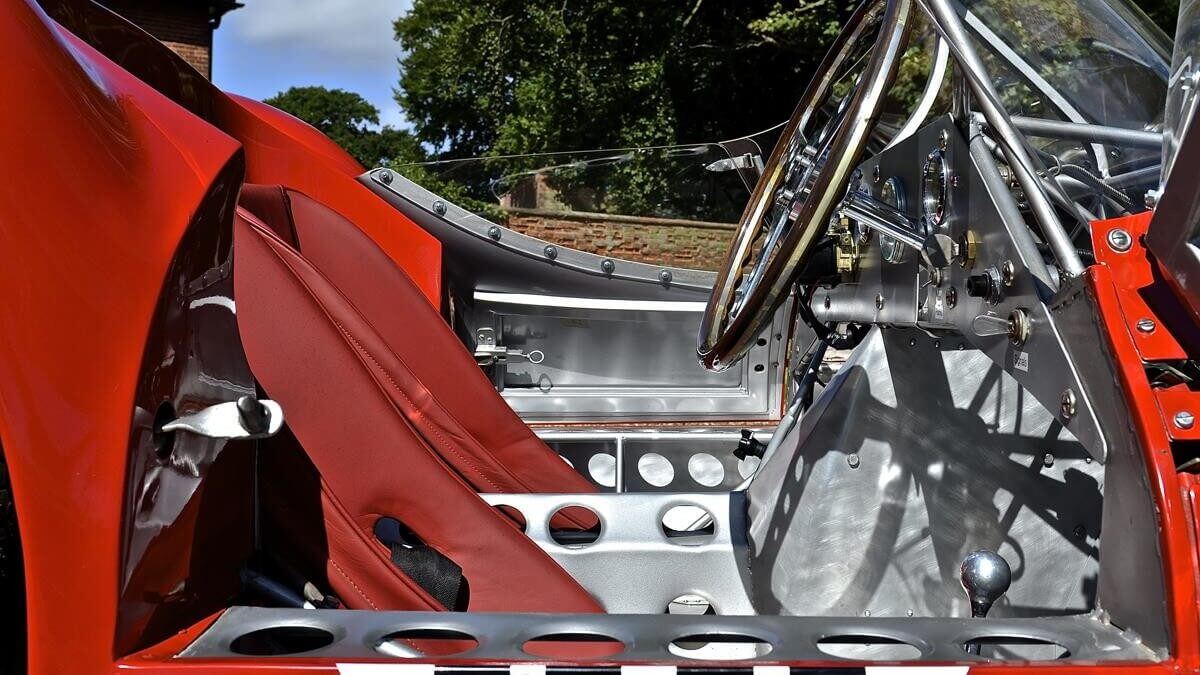



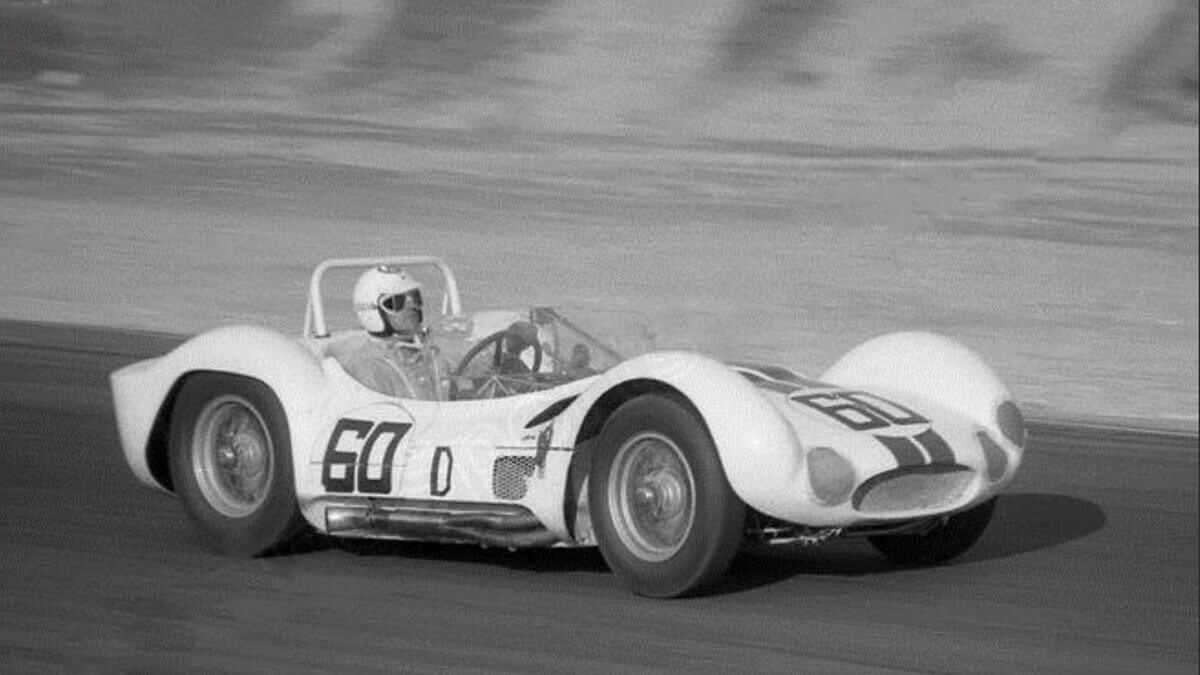



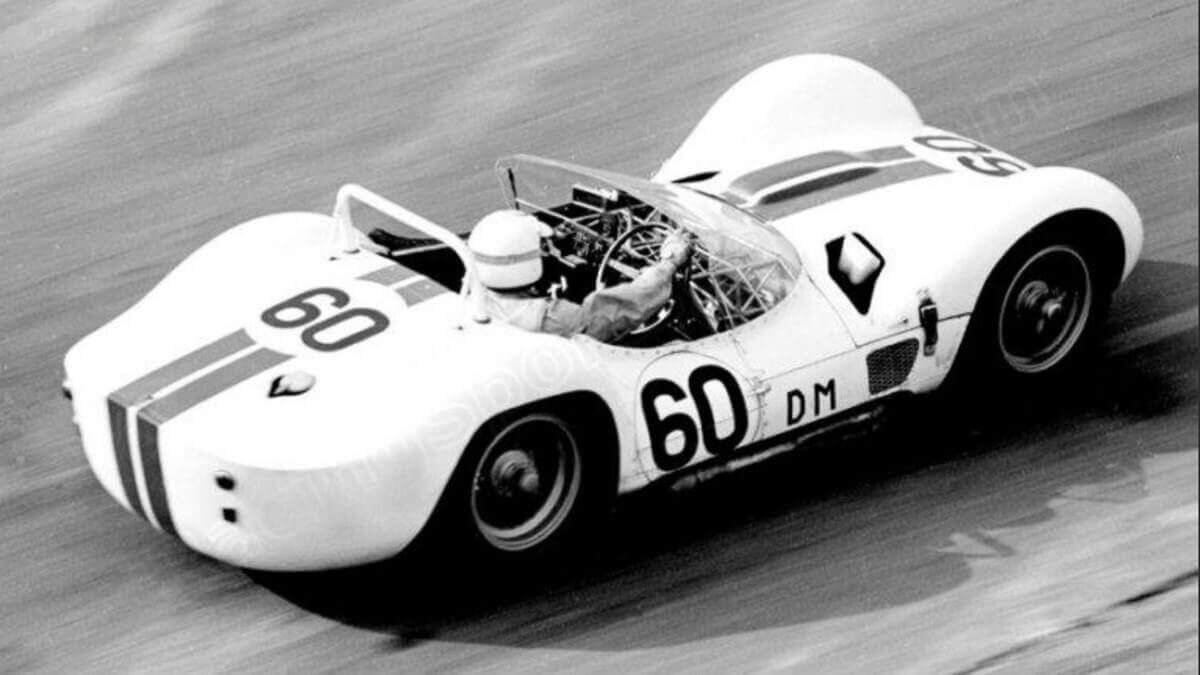



Some Tipo 60 cars were further developed at the factory to newer specs and got the name Tipo 60/61. Such a vehicle now comes under the hammer during the Classic Days at Schloss Dyck in Germany (near Düsseldorf) at the traditional auction house Coys of Kensington. According to historical images that are part of the extensive documentation of this car, it was once raced in white with blue racing stripes, but today shows red paint. Full FIA certification was obtained in 2010 including the Historic Technical Passport (HTP) and TSRC4 documents, allowing the owner to compete in events such as Le Mans Classics, the Motor Racing Stirling Moss Trophy or the Goodwood Revival.
Maserati used the winter of 1960/1961 for further development of the ‘Birdcage’ into Tipo 63, which, however, changed from front- to mid-engine layout and received a stiffer frame with even more tubes. Depending on the source Maserati built six or seven Tipo 63, of which possibly one stayed in the factory as a prototype and later became a Tipo 64. Three Tipo 63s received a three-liter V12 engine from the factory, which was originally developed for the Formula 1 car 250F, although all three engines used in the ‘Birdcages’ showed different bore stroke ratios due to test and development reasons. From 1962 the most succesful version of this engine was put into the Tipo 64 and delivered 320 hp, which was enough to accelerate the 640 kilograms heavy car up to 310 kph. In all stages of development Tipo 60, 61, 63 and 64 belonged to the fastest racecars of their time, but never won the world championship, mainly due to stability. Today these vehicles are, above all, a visual and acoustical highlight at every event where they start.
Images: Coys of Kensington




